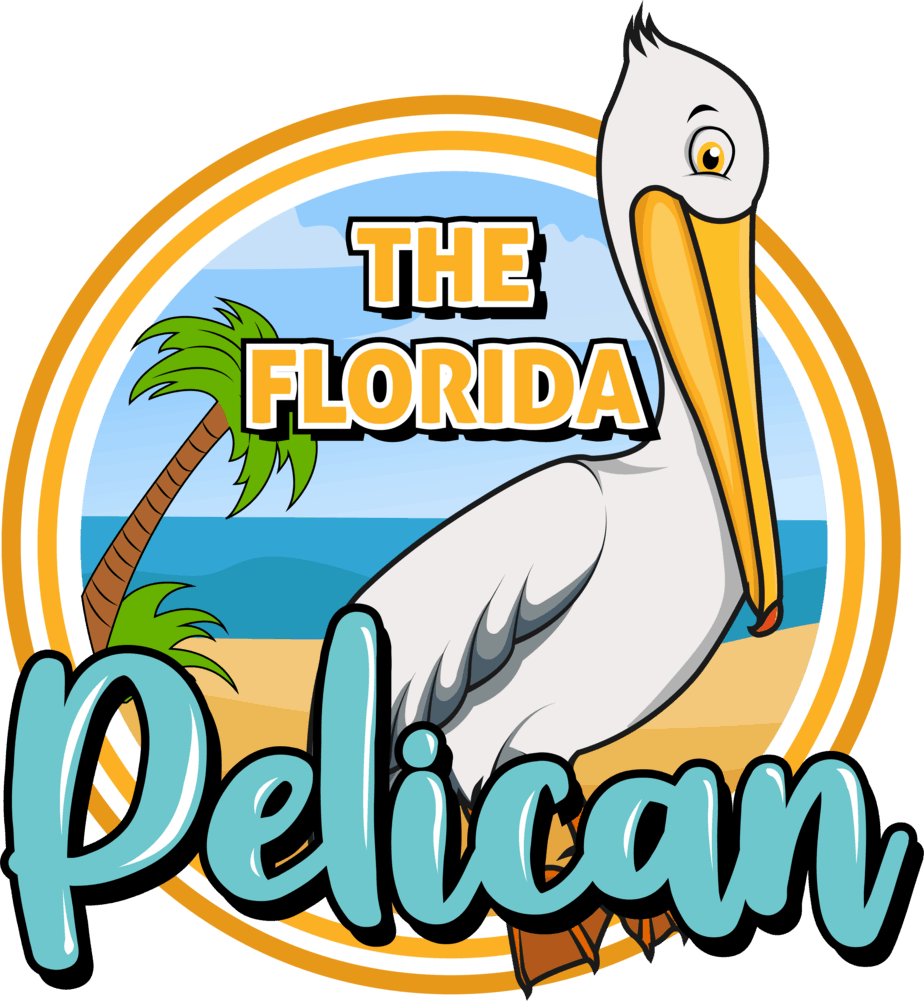Florida Landscaping Regions
Although Florida is known as the Sunshine State each area of the state is unique to its weather conditions and landscaping challenges. The Florida landscaping regions of Northern Florida counties experience freezing temperatures uncommon to southern counties. At the same time, the coastal area is prone to tropical storms and hurricanes with more force than the central or northern area of the state. To understand the fundamentals of landscaping in Florida one must be familiar with the weather and soil conditions of different areas known as Zones or Regions of the area.
Region 1 North Florida
The area to the north of Marion County is considered as Region 1 for gardening charts. In addition to different weather conditions and climates, the soil in North Florida Landscaping Region 1 offers different varieties. To make it simple, the sandy soil is most prevalent in the Panhandle area of the State although sandy soil is present in the rest of the area. Homeowners must familiarize themselves with the soil condition before starting any landscaping projects.
The soil condition is important for the type of vegetation being planted. The weather may also play an even larger role in implementing a successful gardening project, The North Florida Region is inclined to receive hard freezing days. This could happen once a season but more often occurs several times in the same year. Ironically, even though the freeze threats experienced every season it does not take away from heat and humidity that are unavoidable in any section of Florida. The heat increases at least by a degree or two in farther inland areas. This depends on the distance to the ocean and the breeze that normally flows from the ocean towards the inland area.
Another landscaping characteristic of Region 1 in North Florida is the reduced presence of tropical and subtropical trees and plants. There is more tall hardwood in the inland area while the land consists of clay it changes from flat to hills and uplands. The area mimics more of Alabama or Georgia landscaping than typical to Florida.
For more gardening tips and a detailed planting calendar please visit What to Plant in North Florida
Region 2 Central Florida
Although the name indicates that the area is located in the central part of the state there are no definite boundaries for the area. The is a general understanding of what area is supposed to be referred to as the Central Florida region but the details vary depending on who you ask. To make the matter more complicated some do not consider the coastal regions as a part of North, Central, or South Florida. They refer to each region by their names such as the Space Coast or Treasure Coast. For purpose of this discussion, we include the following counties collectively as Central Florida: Brevard, Citrus, Flagler, Hardee, Hernando, Hillsborough, Indian River, Lake, Manatee, Marion, Orange, Osceola, Pasco, Pinellas, Polk, Seminole, Sumter, and Volusia.
The possibility of freeze damages is less than in the North Florida Region but the temperature could still drop to the 30s freezing level. The soil primarily consists of either clay or sand. This is true even within the same county where both clay and sandy soil could be present.
Other shared ecological characteristics are the presence of sandhills and pine hills. There are many old citrus groves used to develop new developments. The quality of the soil in these communities is different than the soil in the nearby area. Furthermore, the threat of hurricanes and strong tropical storms is always a factor in the landscaping of each region. Past hurricanes have shown the devastating effects that storms can have on the landscaping of the affected area. Severe flooding, altered soil along with uprooted trees, and other vegetation are common damages associated with hurricanes.
Region 3 South Florida
The area is exposed to heat more than the other regions. It is very seldom South Florida is exposed to the freezing climate. The possibility becomes even more remote when it comes to the most southern areas like Fort Lauderdale, Miami, or Key West. South Florida is more tropical than all other areas of the state. Making the indoor plants for northern regions are common outdoor plants year-round in South Florida. Another characteristic of the tropical climate in South Florida is the minimal drop in night temperature.
The soil in the South Florida Region is more diverse than other regions with more rocky areas along with swamplands. The Everglades in the center of the state has had a profound effect on the condition of the area’s soil. A large portion of the old Everglades area has been developed during recent decades.






Recent Comments